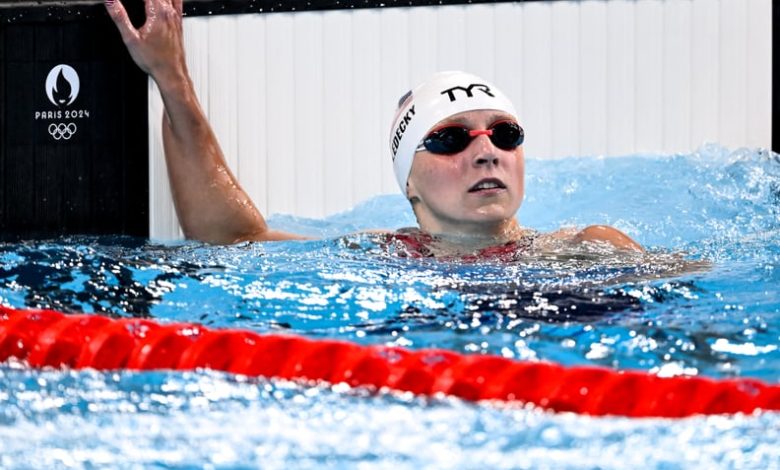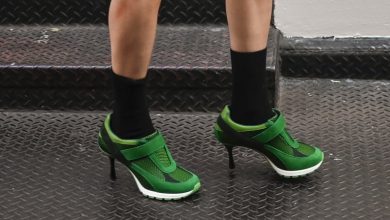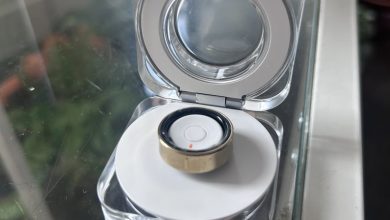Why Do Olympic Swimmers Wear Two Caps? It Actually Makes a Big Difference

It wasn’t until I got into competitive swimming that I understood the true importance of a swimmer’s cap. Like many people, I thought it was just a helpful accessory, or a pesky rule community pools asked you to follow. Little did I know, caps can play just as crucial a role in a swimmer’s performance as goggles do. In fact, you may even see athletes wearing multiple swim caps at the Paris Olympics. Here’s why it makes a difference.
Why Swimmers Wear Swim Caps
For people with longer hair, a cap’s purpose seems fairly obvious: to keep the hair out of your face. However, swim caps benefit all swimmers, no matter the length of their hair. Although swim caps do help keep a swimmer’s hair tucked away, they also stabilize their goggles and — more importantly — reduce drag, which allows athletes to glide through the water more quickly. A more efficient glide means cleaner strokes and potentially faster times.
Side note: while swim caps benefit swimmers regardless of hair length, not all swim caps are designed for all hair types. But at the Tokyo Olympics in 2021, a cap designed for Black swimmers’ natural hair — which doesn’t always fit in a conventional caps — was banned. Thankfully, that cap, called Soul Cap, has since been approved for competitive races, and currently sponsors two Olympic swimmers at Paris 2024.
Why Swimmers May Wear 2 Swim Caps
The reason some Olympic swimmers double up on their swim caps mainly has to do with speed. These athletes may choose to wear one cap over their hair, and another over their goggles in order to eliminate as much drag as possible. This makes it so that their goggle straps are not exposed in the water, allowing them to swim with less resistance.
Typically, the goggles will be placed on top of a latex cap, which is then cemented in place by a more durable silicone swim cap. The friction of the silicone against the latex acts as a superglue to keep the top cap from falling off. Latex is more likely to wrinkle and tear because of its thin, inexpensive material, which is why it always goes on first. Silicone goes on afterwards since it has less drag.
If the silicone cap falls off (and it does happen every now and then), this method also ensures that there’s at least one backup cap underneath. So while it ultimately comes down to athletic prowess, swim caps are still an important consideration when an Olympian is going for the gold.
— Additional reporting by Chandler Plante
Emily Weaver is an entertainment and lifestyle contributor for PS. Her writing focuses on celebrity relationships, movie and book news, and product shopping guides. Her bylines include PEOPLE, Real Simple, Better Homes & Gardens, HelloGiggles, Scary Mommy, and more.
Chandler Plante is an assistant editor for PS Health & Fitness. Previously, she worked as an editorial assistant for People magazine and contributed to Ladygunn, Millie, and Bustle Digital Group. In her free time, she overshares on the internet, creating content about chronic illness, beauty, and disability.




